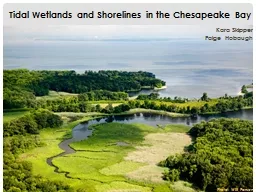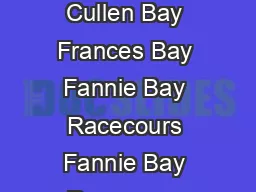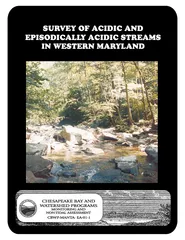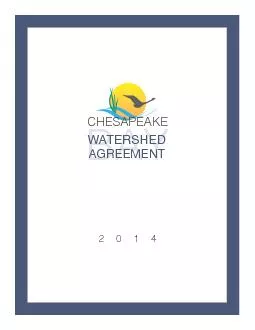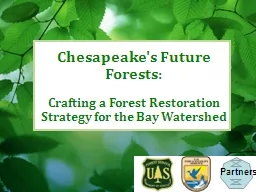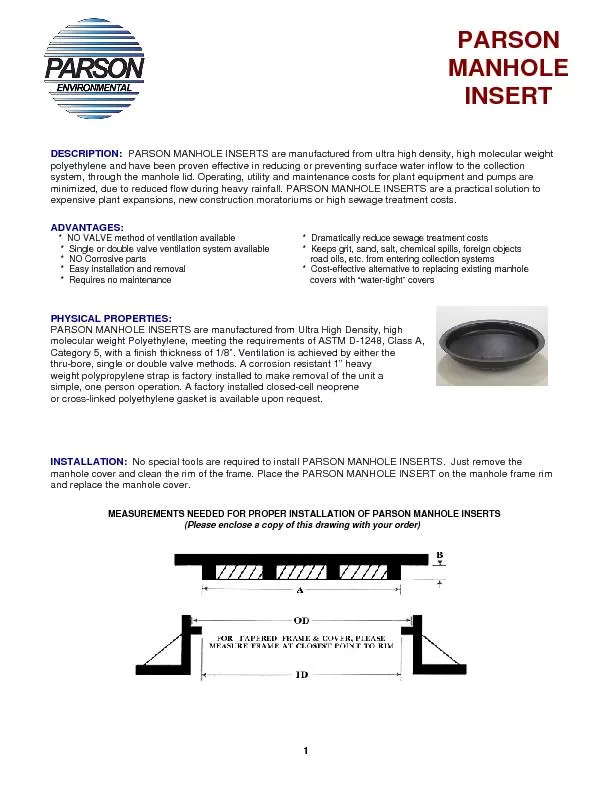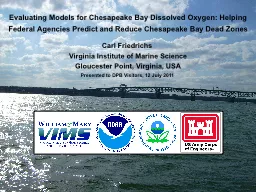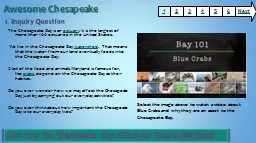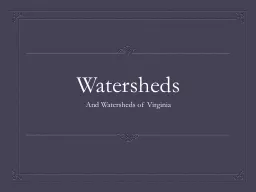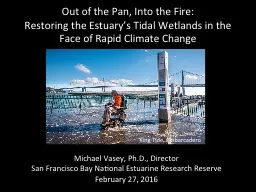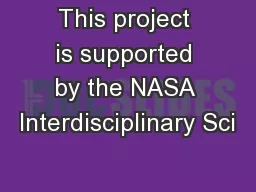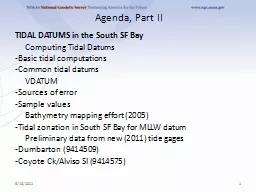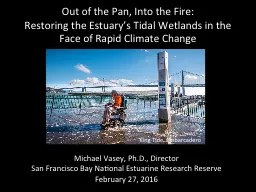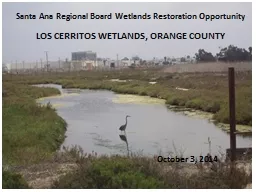PPT-Photo: Will Parson Tidal Wetlands and Shorelines in the Chesapeake Bay
Author : serenemain | Published Date : 2020-06-15
Kara Skipper Paige Hobaugh Photos Will Parson Wetlands experience pressures from the water and from the land The Fish Habitat Action Team has expressed interest
Presentation Embed Code
Download Presentation
Download Presentation The PPT/PDF document "Photo: Will Parson Tidal Wetlands and Sh..." is the property of its rightful owner. Permission is granted to download and print the materials on this website for personal, non-commercial use only, and to display it on your personal computer provided you do not modify the materials and that you retain all copyright notices contained in the materials. By downloading content from our website, you accept the terms of this agreement.
Photo: Will Parson Tidal Wetlands and Shorelines in the Chesapeake Bay: Transcript
Download Rules Of Document
"Photo: Will Parson Tidal Wetlands and Shorelines in the Chesapeake Bay"The content belongs to its owner. You may download and print it for personal use, without modification, and keep all copyright notices. By downloading, you agree to these terms.
Related Documents

